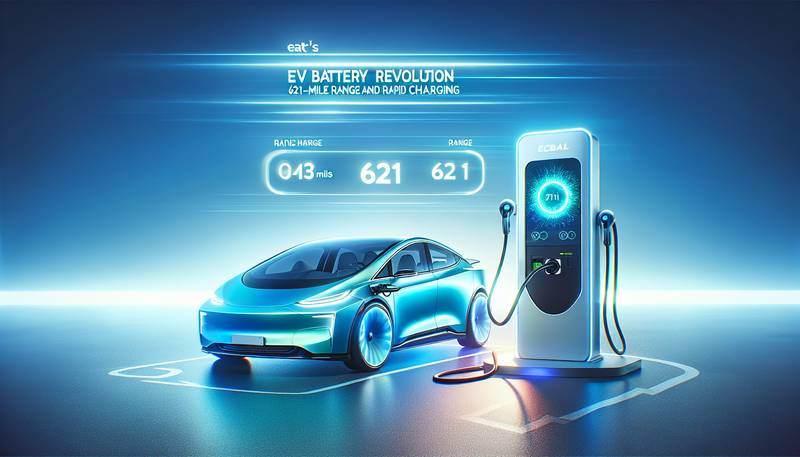CATL's EV Battery Revolution: 621-Mile Range and Rapid Charging

Chinese company CATL has taken the stage at the Beijing auto show, unveiling a groundbreaking new electric vehicle (EV) battery technology. This new technology promises an unprecedented range of 621-miles on a single charge.
The company introduced the Shenxing Plus EV battery, incorporating a unique lithium-iron phosphate (LFP) composition enhanced with a "proprietary honeycomb material" in the anode. This battery is reported to outperform existing LFP batteries in the market in terms of energy density, offering a full battery range of 1,000km (approximately 621 miles).
In addition to its impressive range, the Shenxing Plus EV battery boasts ultra-fast charging capabilities. A brief 10-minute charge can add up to 600km (roughly 373 miles) of range, based on the Chinese testing cycle. Even in extreme conditions, such as temperatures reaching -20C, the battery maintains its rapid charging abilities.
While details regarding the integration of this new battery technology into production vehicles remain undisclosed, CATL's significant market share of 36.8% in 2023 and partnerships with major automotive manufacturers like BMW, Hyundai, Honda, and Volkswagen, suggest that the transition may happen sooner rather than later. Tesla, one of CATL's high-profile customers, may also benefit from these advancements, further bolstering the electric vehicle market's growth.
Rumors have surfaced regarding discussions between CATL's chairman, Robin Zeng, and Tesla's Elon Musk during Musk's surprise visit to China, hinting at potential collaborations involving this new technology.
CATL's innovative efforts, alongside those of its competitors, are making strides towards producing more cost-effective and energy-dense battery packs. These advancements are expected to play a significant role in mitigating range anxiety and driving down the cost of electric motoring, thus propelling the EV industry forward and challenging traditional automakers across the globe.


